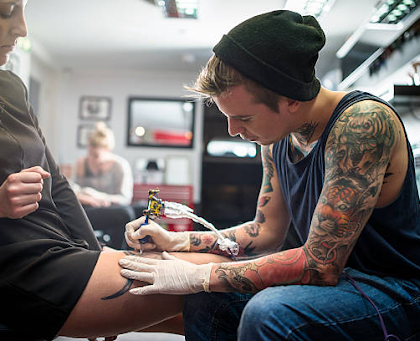In an era marked by the rise of on-demand services, geolocation technology stands as a critical pillar supporting the seamless operation of platforms like Uber, DoorDash, and Airbnb. These services rely on real-time location data to connect users with services or products precisely when and where they are needed. In this blog, we embark on a deep dive into the role of geolocation in on-demand solutions, exploring how this technology has revolutionized industries, enhanced user experiences, and opened up new possibilities for businesses and consumers alike.
The Foundation of On-Demand Services
At the heart of any on-demand service lies the ability to pinpoint a user’s location and provide them with relevant services nearby. Geolocation, a combination of geography and location technology, plays this fundamental role. Here’s how it works:
- User Location: When a user opens an on-demand app, the platform uses the device’s GPS, Wi-Fi, or cell tower data to determine the user’s location with precision.
- Service Providers: Simultaneously, the platform identifies service providers (drivers, restaurants, hosts, etc.) and their real-time locations.
- Matching Algorithms: Sophisticated algorithms then calculate the distance and time required for the service provider to reach the user, taking into account traffic, road conditions, and other variables.
- User Experience: The end result is a seamless and efficient user experience, where the user can track the service provider’s progress on a map, receive accurate ETAs, and know precisely when to expect their service or product.
The Impact on Various Industries
The influence of geolocation technology extends far beyond ride-sharing and food delivery. Numerous industries have integrated geolocation into their on-demand solutions, redefining how they operate and interact with their customers:
- Healthcare: Telemedicine platforms use geolocation to connect patients with nearby doctors or medical facilities, especially in emergencies.
- Retail: Retailers leverage geolocation to offer location-based promotions and provide a personalized in-store experience.
- Travel: The travel and hospitality industry employs geolocation for hotel bookings, car rentals, and personalized recommendations based on a traveler’s location.
- Home Services: Platforms like TaskRabbit connect users with local service providers for home improvement and other services.
Example of On-Demand Application Ideas
- Grocery Delivery Apps: These apps connect users with nearby grocery stores or supermarkets. Users can browse a wide range of products, add items to their cart, and schedule a convenient delivery time. The app’s geolocation feature helps ensure timely deliveries, and users can even track their orders in real-time. Grocery delivery apps have seen tremendous growth, especially in light of the global pandemic, with services like Instacart and Amazon Fresh leading the way.
Read more: Grocery App Development Cost
- Local Farmer’s Market Apps: Supporting local agriculture has become a priority for many consumers. These apps connect users with nearby farmers’ markets, enabling them to explore and purchase fresh, locally-sourced produce. Geolocation helps users locate the nearest markets, while detailed product listings and vendor information enhance the shopping experience.
- Meal Kit Delivery Services: Meal kit services offer users the convenience of preparing restaurant-quality meals at home. These apps not only provide a variety of meal options but also deliver pre-portioned ingredients and easy-to-follow recipes to the user’s doorstep. Geolocation ensures accurate delivery, and tracking helps users anticipate their meal kit’s arrival. Companies like HelloFresh and Blue Apron have become synonymous with this on-demand culinary trend.
- Specialty Grocery Apps: Some apps cater to niche markets, offering specific types of groceries or dietary preferences. Whether it’s organic foods, international cuisine ingredients, or vegan products, these apps connect users with specialized grocery stores. Geolocation helps users locate the closest stores that offer the products they need.
- Alcohol Delivery Apps: For those seeking the convenience of having alcoholic beverages delivered to their door, alcohol delivery apps have gained popularity. Users can place orders for beer, wine, spirits, and other drinks with ease. Geolocation ensures that age-restricted deliveries comply with local laws and regulations.
In conclusion, geolocation technology has redefined the way on-demand solutions operate and transformed various industries. Its ability to provide real-time tracking, enhance efficiency, and improve user experiences makes it a cornerstone of this rapidly growing sector. As we continue to rely on on-demand services in our daily lives, the importance of geolocation technology in delivering what we want, when we want it, cannot be overstated.



